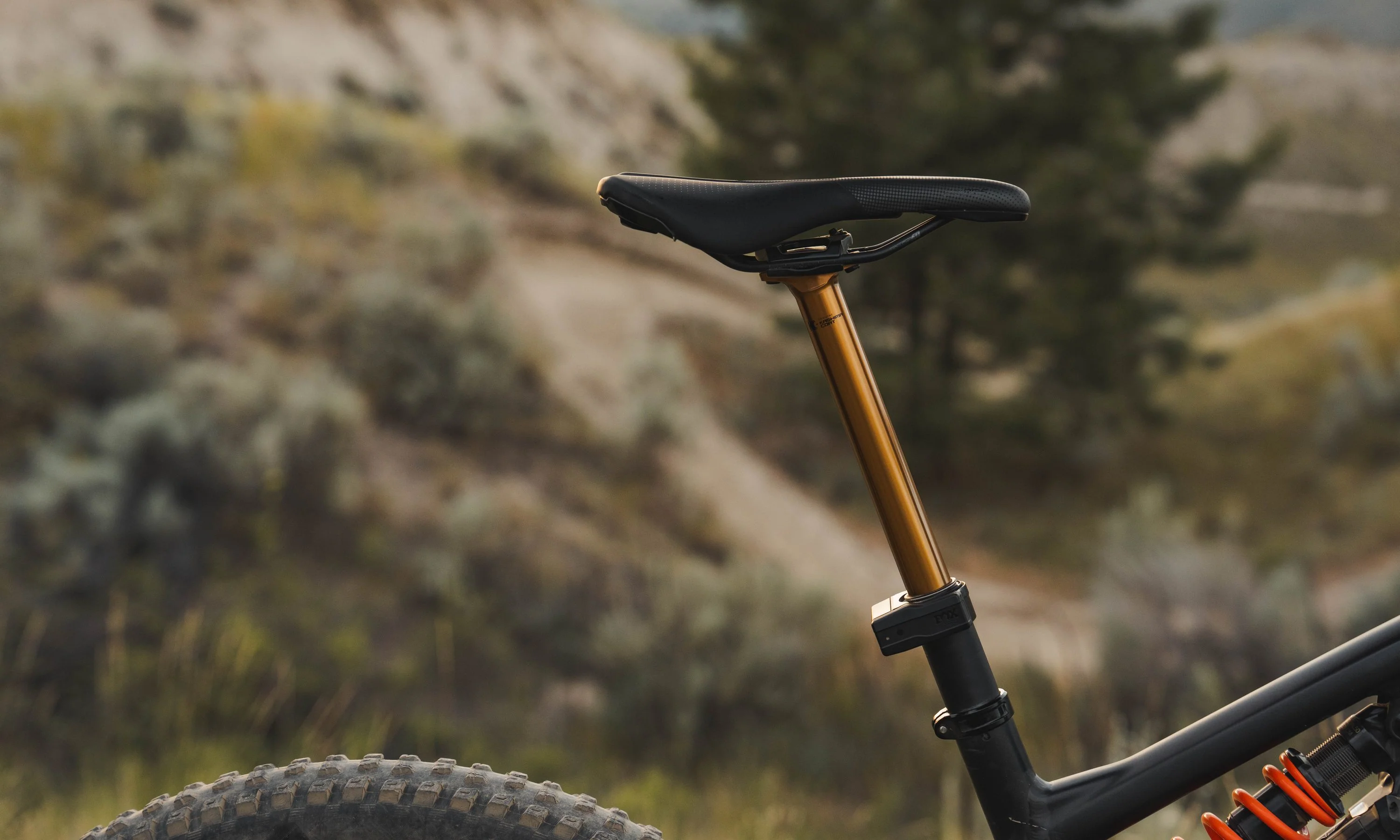 The first time I tried a plus tire, I was riding on one of the many loose and dusty trails of Colorado’s Front Range. If you’re not familiar, imagine trying to stop and corner on a concrete sidewalk covered in a layer of tiny marbles. That’s what it’s like. This type of trail surface is known as loose over hard and for many, it’s the bane of their riding existence. Traction is limited, sliding and washouts are common, and the feeling of uncertainty in corners is often the most difficult thing to manage when trying to go fast. A couple years ago, however, plus tires came and changed the game.
The first time I tried a plus tire, I was riding on one of the many loose and dusty trails of Colorado’s Front Range. If you’re not familiar, imagine trying to stop and corner on a concrete sidewalk covered in a layer of tiny marbles. That’s what it’s like. This type of trail surface is known as loose over hard and for many, it’s the bane of their riding existence. Traction is limited, sliding and washouts are common, and the feeling of uncertainty in corners is often the most difficult thing to manage when trying to go fast. A couple years ago, however, plus tires came and changed the game.
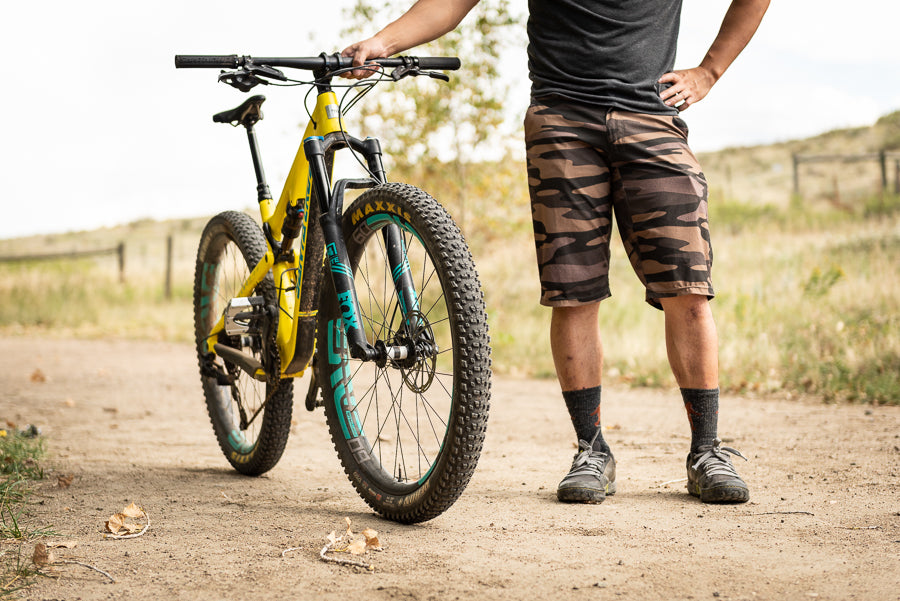
It was 2016, and plus bikes were taking off as their own category. Plus tires generally measure between 2.8”-3.0” wide, which slots them in between traditional mountain bike tires that measure 1.9”-2.6” and fat bikes tires that are 4.0”-5.0”. As a rider always testing the newest tech or fads, I had to try one. On my first ride, I chased one of my faster friends down a washed out section of trail that was super loose and steep. At the bottom was a hard, off-camber left-hand corner that always wanted to send me into a terrifying two wheel drift. But this time, when I hit it with the plus tires, something was different. I was struck by how much confidence I had. The tires simply gripped. I dove into the corner faster than ever, closed in on my friend, and managed to hold his wheel where I had struggled to so many times before.
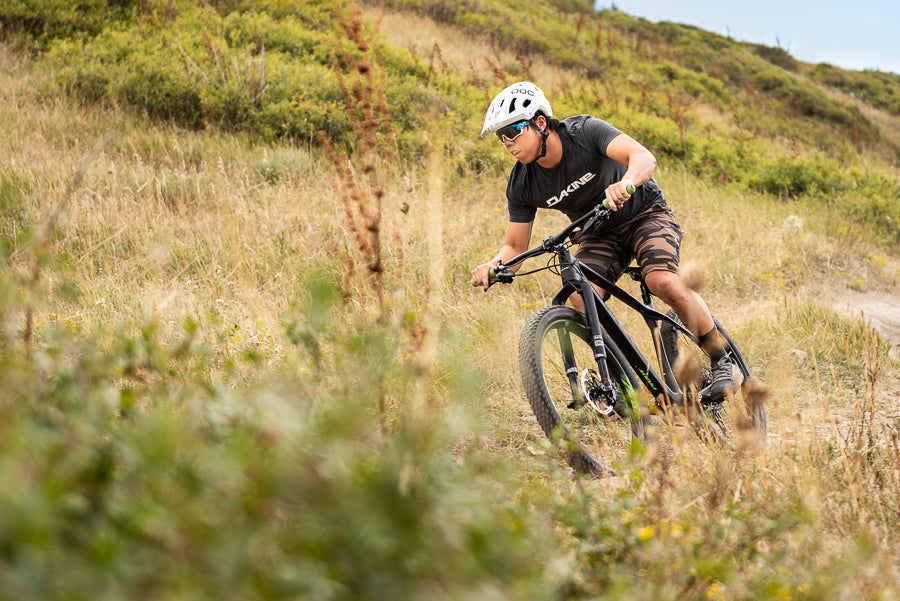
The benefit of a bigger tire is obvious. More tire means more rubber touching the ground, which in turn means more traction. Great! But now, two years later, plus tires really haven’t come to dominate the market as expected. After the initial hype and fanfare surrounding their introduction, it seems that their ultimate place in the mountain bike world remains murky. What does this mean for you if you’re looking for your next bike and who and what are plus tires meant for anyway? After playing with plus tires in various forms on various bikes, I’ve developed my own opinions about them, and there’s some good, and there’s some bad.
Over the last two years, I’ve tried various plus bikes. I owned a Santa Cruz Hightower as my personal bike and tested the Cannondale Bad Habit, Santa Cruz Tallboy, and a Pivot Les 29er hardtail that had been converted to run plus wheels and tires. My first impression of plus was a strong one, which was true for many riders. The talk of the internet was traction, traction, traction. Not only that, they provided more comfort. The allure was undeniable.
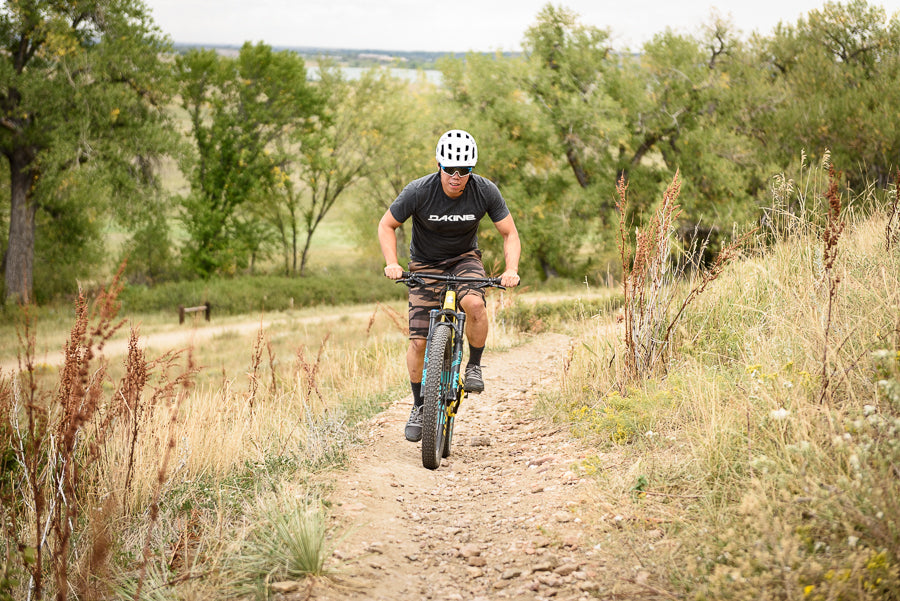
Riding my regular trails the increased traction was definitely noticeable, and I did feel faster and more confident. My multiple Strava PR’s seemed to back this up. The thing that consistently impressed with all these plus bikes was how well the plus tires allowed theses bikes to climb. I’m fit enough to tackle most climbs in Colorado, but what often defeats me is energy sucking wheel spin from loss of traction. With plus tires, this became almost a non-issue.
The grip is ever present, up and downhill. The large volume of the tires soaked up small bumps, roots, rocks, and chatter with ease, and just kept on gripping. The feeling was sublime. It inspired confidence and joy. The tires rolled surprisingly well too. Based on their fat origins and looks, I expected plus bikes to exhibit some of the lazy and lumbering characteristics that some fat bikes have. But in general, the plus bikes always still felt like a regular bike.
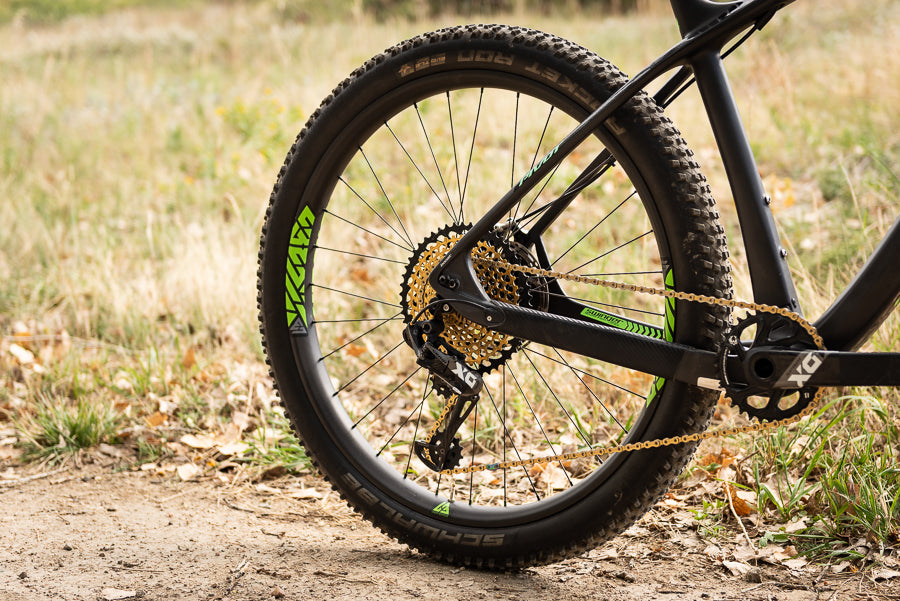
Where I began to have trouble with plus tires is at the extreme ends of the riding spectrum. On a plus setup, there’s slightly more weight because not only is the tire is bigger, but the rim is wider and heavier as well. In my experience, plus tires generally play best with 35-40mm internal width rims, with rims down to 30mm internal being workable. It’s not extreme, but when compared to a lightweight 29er XC bike, a plus bike does begin to feel a bit portly. You can counter much of this with a nice carbon hoop, but that can get too pricey for some.
Converted to plus, the Pivot Les was, in general, a bit more sluggish than in 29er trim, especially when trying to respond to and produce hard accelerations. This isn’t surprising. Most of the additional weight of a plus setup is added to the outside edge of the wheel, where it takes more energy to push around. In the high level of XC racing, weight and responsiveness are king, and plus still has a ways to go before it can really compete against its skinny brethren.

At the other end of the riding spectrum, downhill and enduro racing, there is a point where I believe the benefits of plus tires may not be worth some of the potential drawbacks. With plus tires, air pressure is critical. I found myself playing with tire pressures constantly, trying to find the perfect middle ground between traction, comfort, and durability. For plus tires, I think an accurate tire pressure gauge is critical. I began carrying a small digital gauge on all my rides to ensure I was always riding at the correct pressure.
On my setups, I found about 17-19 psi was close to the sweet spot. Any less and I would have to ride more cautiously to prevent heavy rim strikes or cutting my tire and flatting. Any more and my tires would start to feel like basketballs, bouncing off everything I hit. If you plan to run plus tires, you’ll have to play with pressures to find what works for you and tune them to your riding style and trail conditions.
When pushing the limits on gnarly downhills, I found myself having to increase tire pressures higher and higher to prevent rim strikes and flats. Doing so negatively impacted the traction to the point where it didn’t really seem that much better than a standard tire anymore. I mostly encountered this issue at downhill bike parks and riding gnarly (i.e. double black) trails at speed. In these situations, riding is all about being aggressive and smashing the terrain. Most plus tires, because they must be made thinner and lighter to be a competitive weight, struggle to stand up to this sort of abuse.
The introduction of Cush Core opens up the possibility of more extreme riding on plus tires. Cush Core is a foam insert that fills up about half of your tire. At the cost of some weight, they allow you to run lower pressures for the best comfort and traction, while still protecting the rim from impacts, preventing flats, and adding sidewall stability for high-speed cornering. I’m testing Cush Core now on my personal bike, and so far the results are positive.
Ultimately, there’s a reason we don’t see plus bikes at the highest end of the sport. Riders seeking to race or push the limits of their bikes benefit most from more specialized equipment. But plus tires still have a valuable place in the riding spectrum. Not every rider is looking to win XC races or smash the gnarliest trail features imaginable. Not everyone wants to be a racer or an extreme athlete. In fact, I’d venture to say that most riders are on bikes for the same reason, to have fun, and maybe get some exercise along the way.
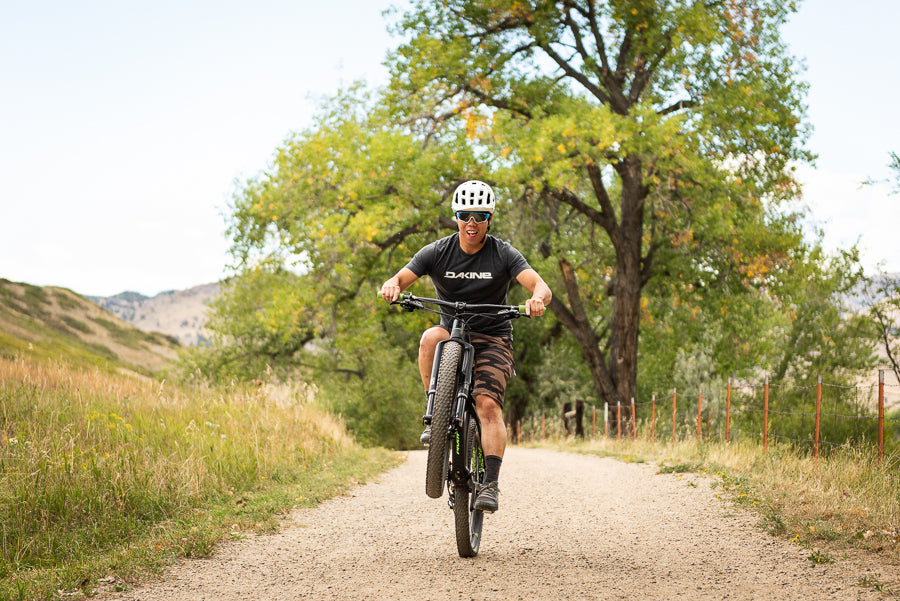
For every day, fun riding, plus tires feel great. Flowy and loose terrain is where they really shine. In fact, the Cannondale Bad Habit and Santa Cruz Tallboy are two of the most fun bikes I’ve ridden all year. I can ride along on flow trails without worrying so much about things. With all that tire volume, I can turn in without focusing on edging the sideknobs as hard as possible. I can enjoy the scenery, the air, and everything else about the ride. The bikes simply disappear beneath me and do their magic.
In the case of bikes like the Santa Cruz Tallboy and Hightower, I find the ability to switch wheel sizes between plus and 29” to be a nice option. It costs some extra money but having a second 29er wheelset for when I want to race, or if I just fancy a new challenge, opens up so many possibilities for the bike. If I were to do any ultra long distance or bikepacking adventure, riding plus would be my choice. I could load up a bike like the Pivot Les with tons of gear and just cruise. The extra comfort will simply make the experience of riding better and less taxing.
For any novice or even intermediate riders, I find recommending a plus bike to be an easy solution for improving their riding experience. It allows less confident riders to learn the ways of mountain biking with less fear. It helps you discover the joys of riding. For that alone, plus deserves a place in the pantheon of mountain biking.




